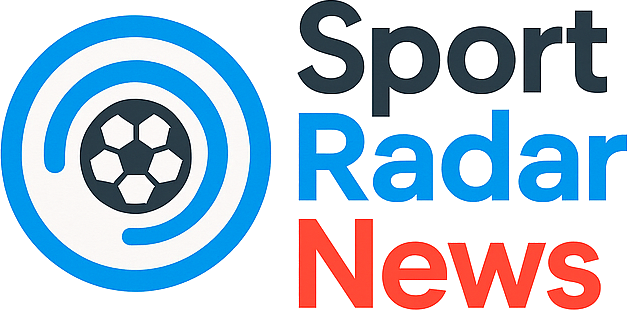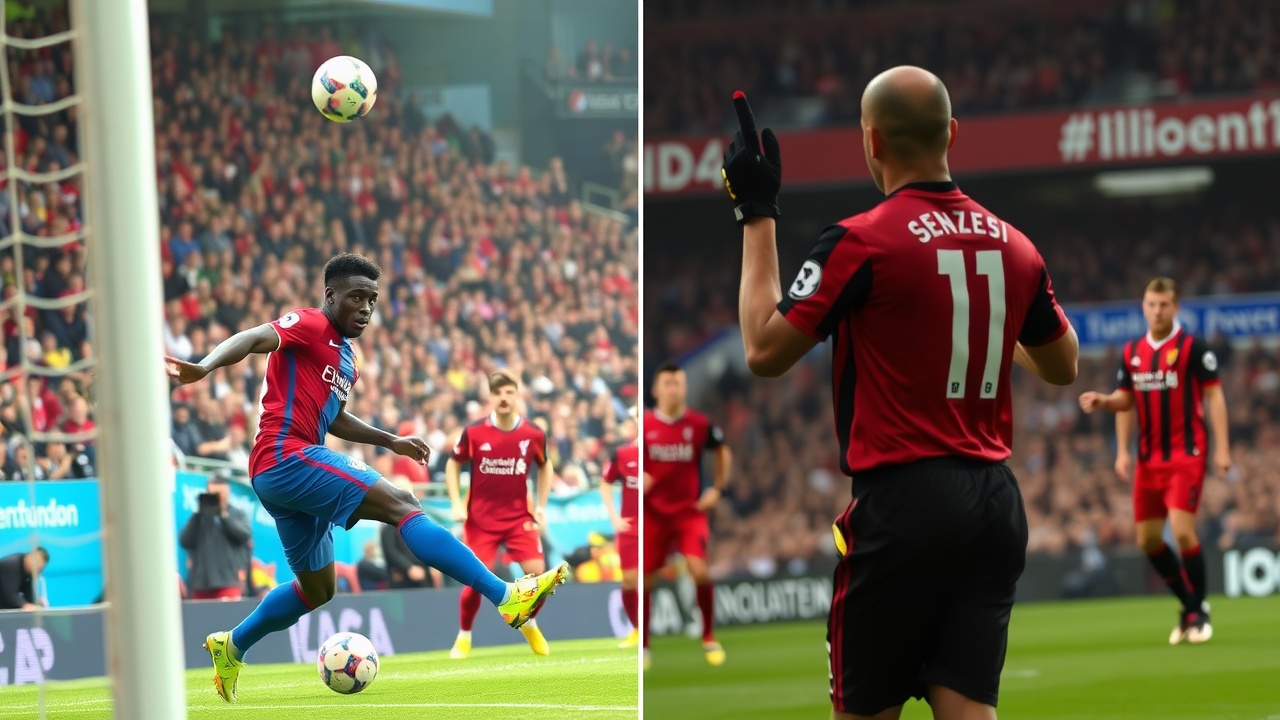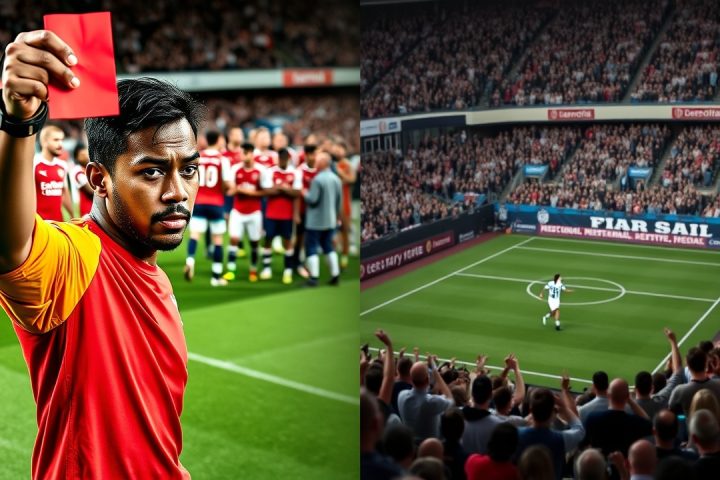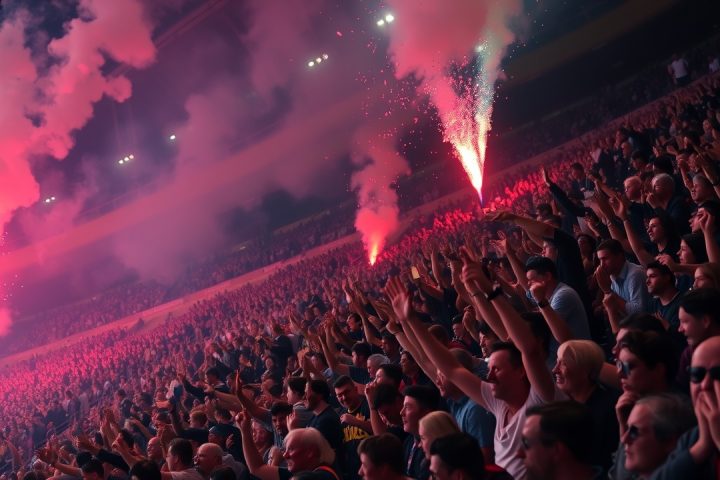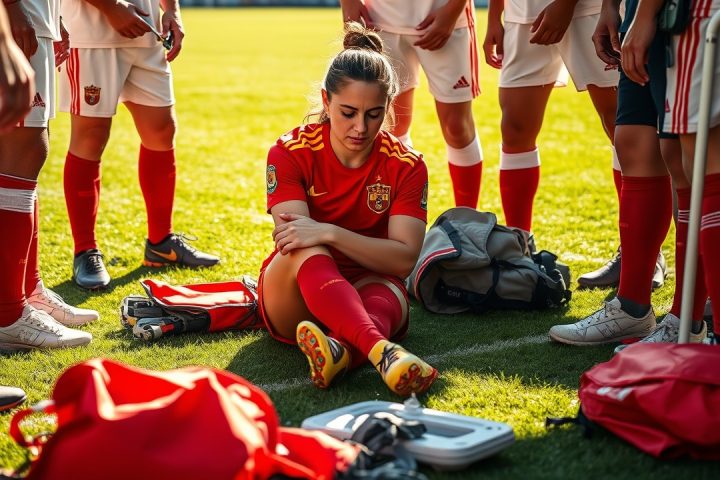Introduction to VAR in the Premier League
The use of Video Assistant Referee (VAR) in the Premier League continues to ignite debate week after week. Each weekend, critical incidents are analyzed to clarify both the VAR procedures and the interpretation of the Laws of the Game. In this edition of the VAR Review, we delve into three contentious scenarios involving Eberechi Eze’s disallowed goal for Crystal Palace against Chelsea, a potential red card for Marcos Senesi during Liverpool’s match, and a late penalty appeal from Manchester United against Arsenal.
Crystal Palace vs. Chelsea: Eze’s Disallowed Goal
To start, let’s revisit the incident involving Crystal Palace. In the 13th minute, Eze stunned fans by scoring from a free kick. However, VAR official James Bell detected an infringement involving an attacking player and instructed referee Darren England to review the situation on the pitchside monitor. Consequently, the goal was ruled out on account of an attacker being less than one metre from the defensive wall, a violation of a rule established in 2019. Up until last weekend, this specific situation had never triggered VAR intervention in any Premier League match, raising questions about its application.
This ruling is not entirely unprecedented, as demonstrated earlier this month in a Europa League tie where another similar call impacted FC Noah’s late winner against Lincoln Red Imps. The ruling on Eze’s goal wasn’t necessarily incorrect based on the law; the focus now shifts to whether such minor infractions should warrant VAR’s scrutiny. Histories of past free-kick scenarios suggest that many would not have contested the goal had it stood.
Penalty Claim: Crystal Palace vs. Chelsea
Next, we analyze a penalty claim from Crystal Palace just before halftime. Palace’s Guéhi challenged for a ball in the box after a long throw-in, but after a collusion with Chelsea’s goalkeeper, Robert Sánchez, no penalty was awarded. The key factors for VAR’s assessment included the nature of the challenge and whether Guéhi or Sánchez made initial contact with the ball. Given the lack of recklessness in Sánchez’s actions, VAR deemed no intervention necessary—a decision echoed by how similar disputes were also resolved last season.
Liverpool’s Encounter: Senesi’s Handball
Turning our focus to Liverpool’s encounter, a pivotal moment occurred when Marcos Senesi appeared to handle the ball while attempting to disrupt a dangerous attack. Referee Anthony Taylor remained unaware of the incident, subsequently issuing a handball against Gakpo minutes later. The VAR, Michael Oliver, reviewed the potential for a denial of an obvious goal-scoring opportunity, yet opted against sanctioning Senesi with a red card. This outcome has sparked debate as Senesi’s actions were not adequately considered, particularly the critical second touch after an unintentional knock by his arm did not amount to a DOGSO scenario.
Manchester United’s Late Penalty Appeal
As we moved to the Manchester United match, tensions escalated as Matheus Cunha was brought down after a challenge from William Saliba. Although appeals for a penalty were fervently made, VAR Paul Tierney decided against intervening, citing the subjective nature of the challenge which permitted the on-field referee’s discretion to prevail. This situation reflects the complexity of each case, and while interpretations varied, the overall consistency of the refereeing perspective supported the decision made during play.
Other Notable Incidents
Other various incidents included Josh King’s tussle where referee Sam Barrott did not grant a penalty for a challenge, despite clear contact by Yasin Ayari. Additionally, the review of a handball incident in Brentford’s match where Sangaré was penalized showed the Premier League’s prevailing leniency—noting that handball calls have notably decreased since the start of the season.
Conclusion
In summary, each reviewed incident from the weekend illustrates the intricate balance and ongoing evolution of VAR within the Premier League. While each decision made can be debated, the dialogue around what constitutes an intervention and how these laws are interpreted continues to be crucial in shaping the future of officiating in football.
